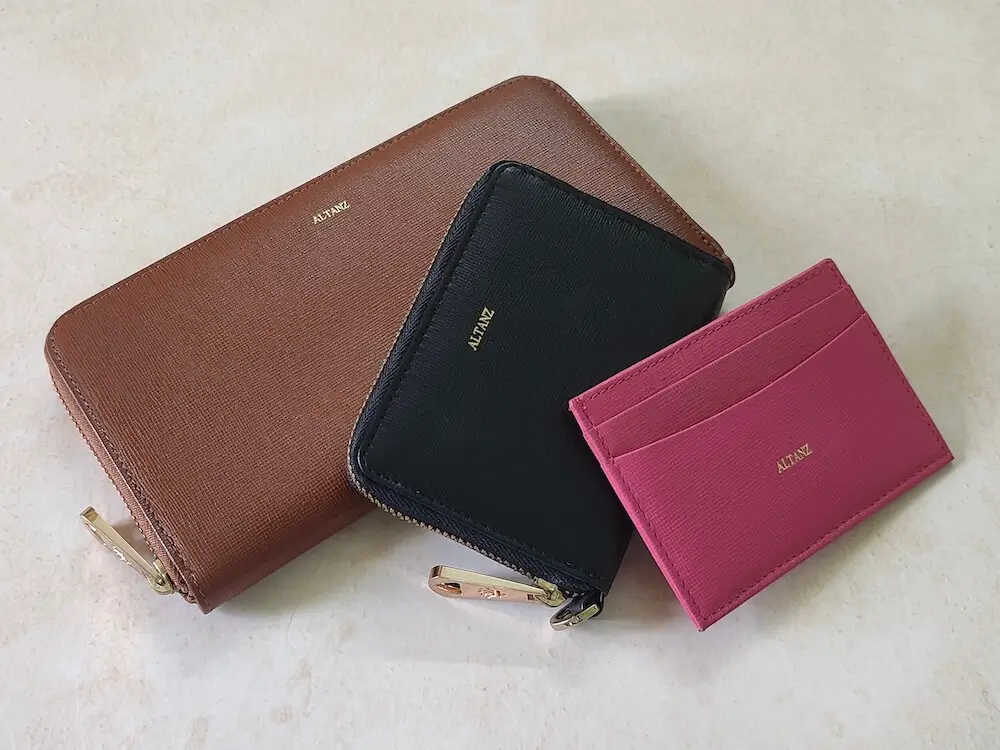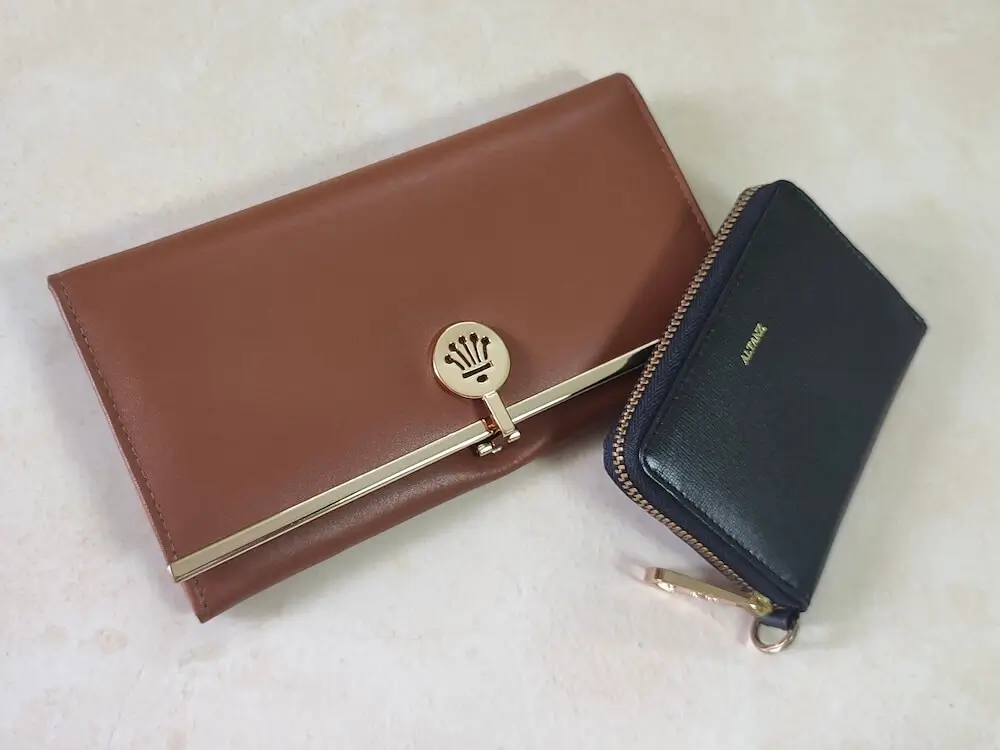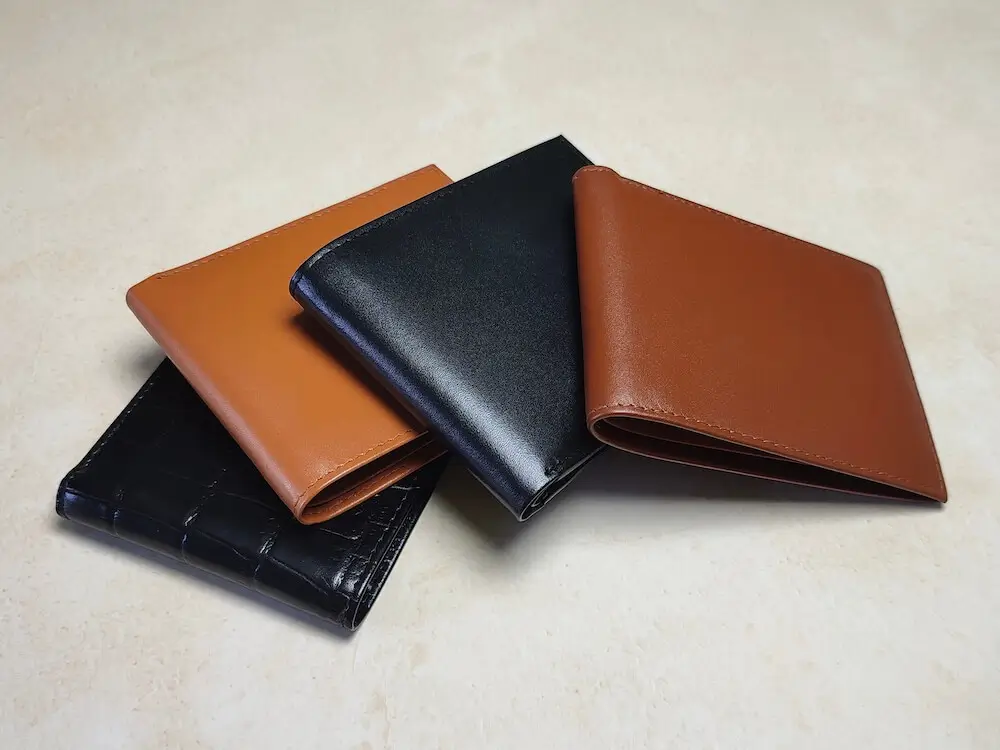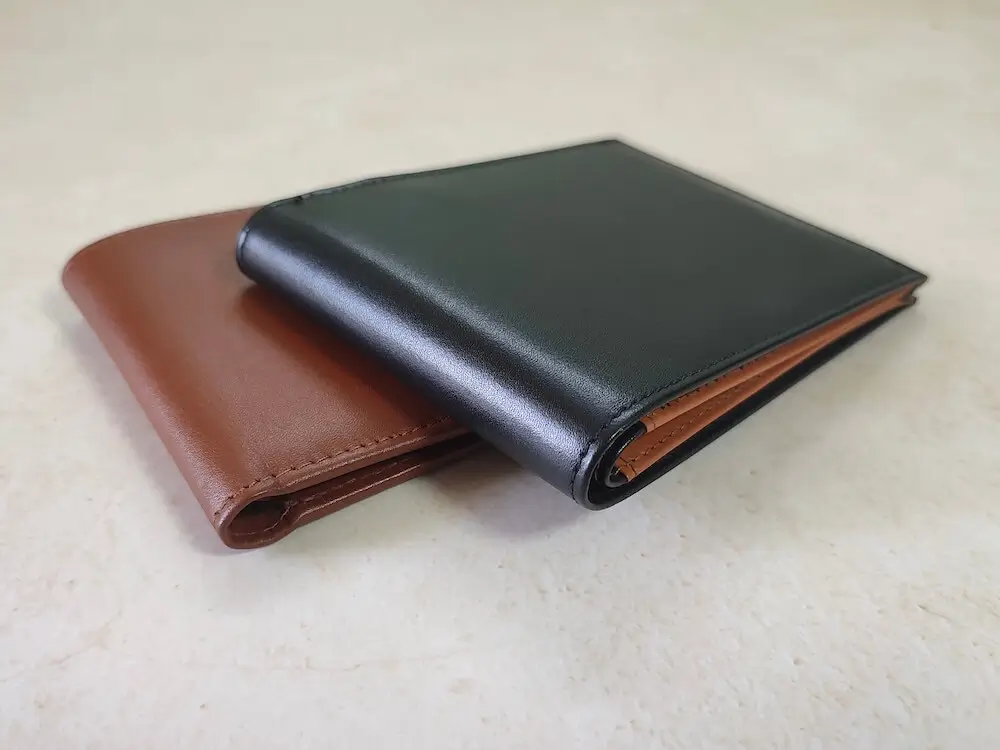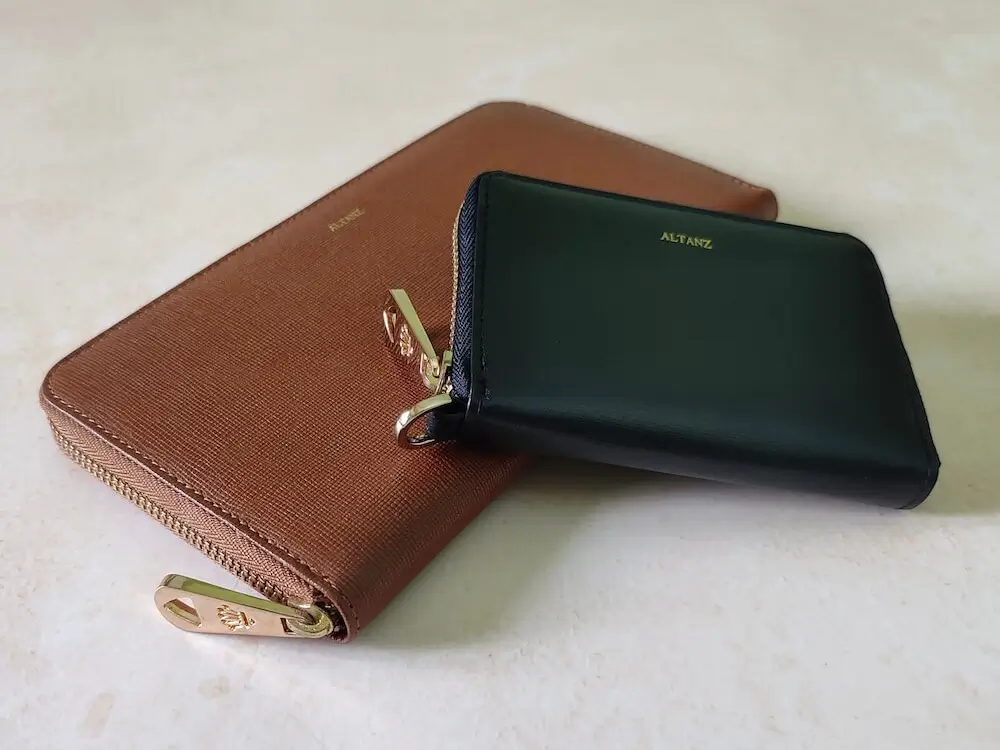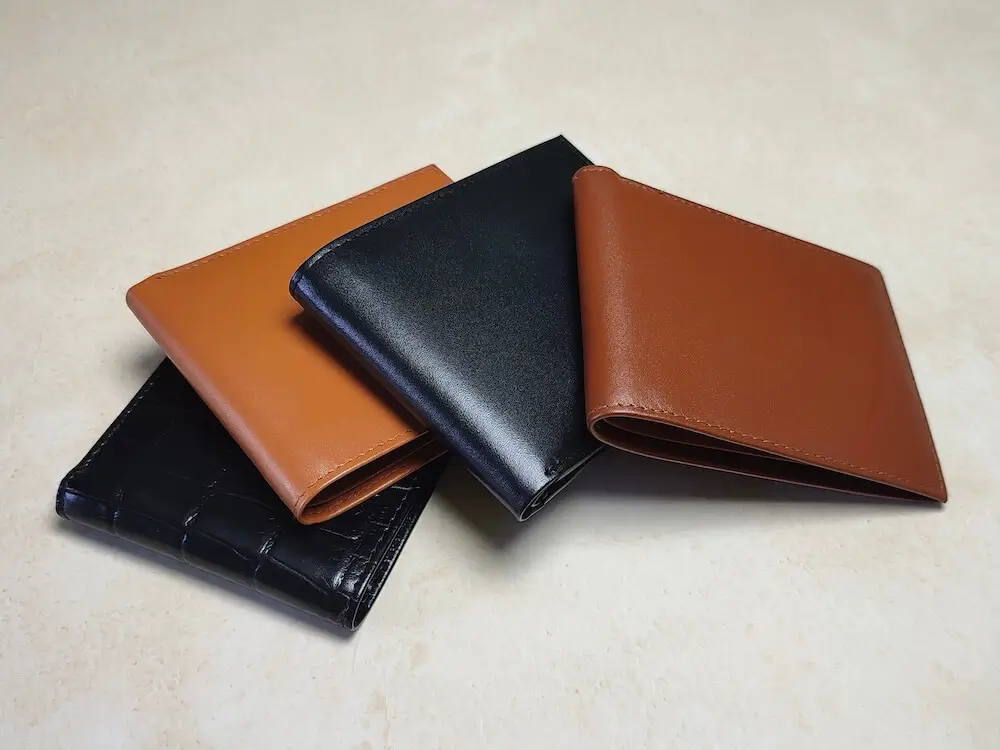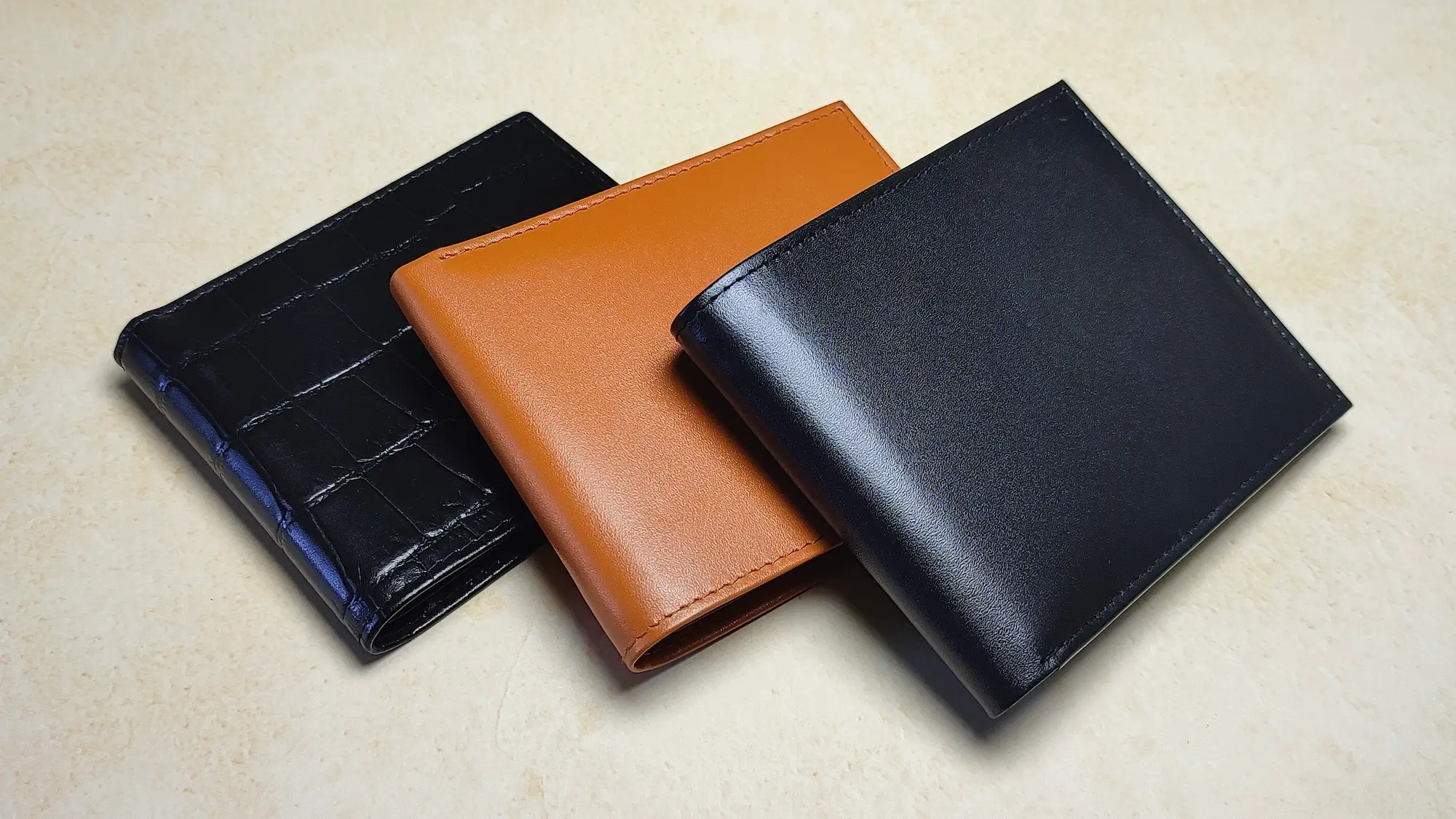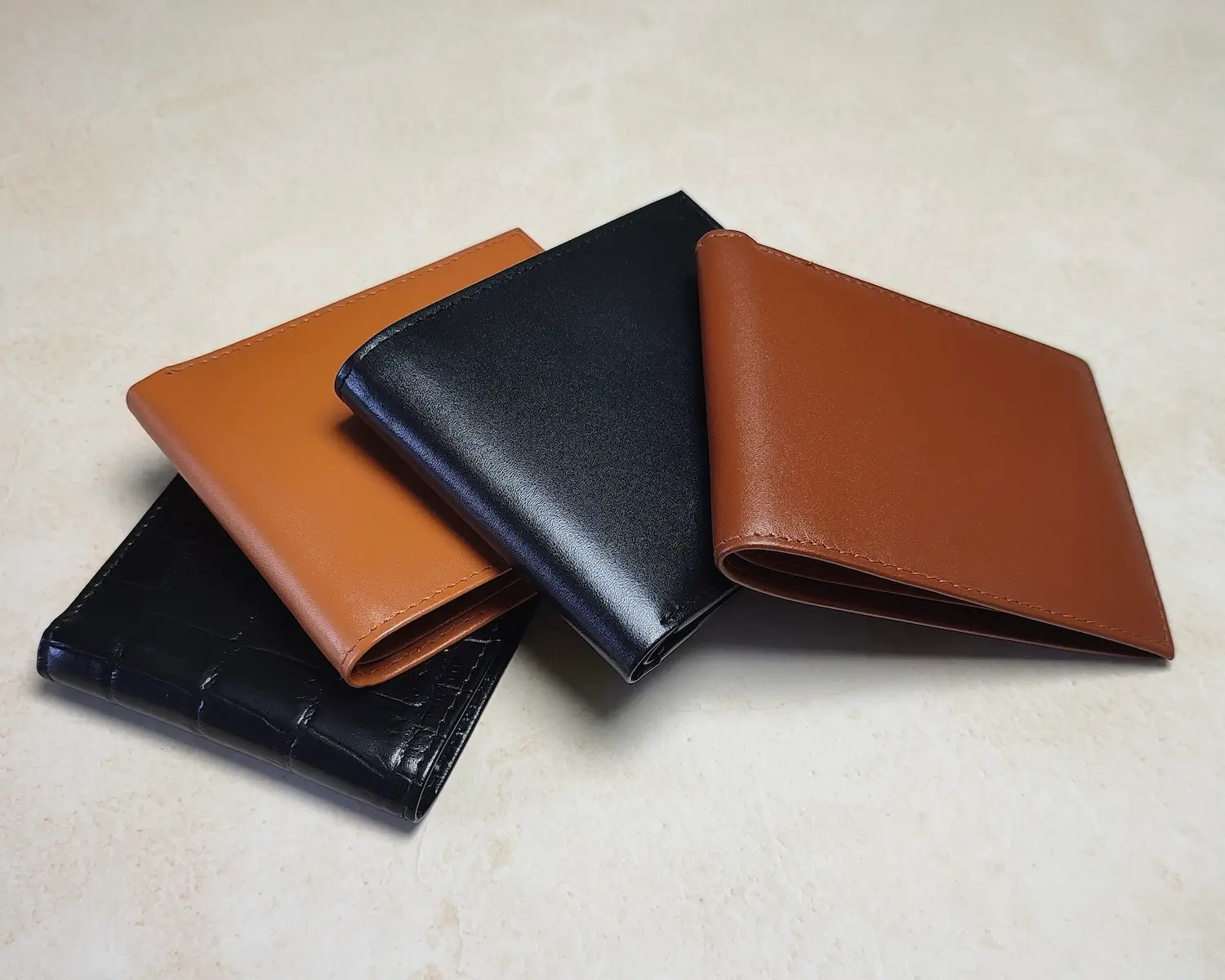Craftsmanship & Heritage
Behind the Scenes: How a Luxury Leather Wallet Is Made
Introduction
A luxury leather wallet is more than just a functional accessory—it’s a symbol of timeless craftsmanship and refined taste. Each wallet is the result of meticulous attention to detail, premium materials, and skilled artisanship. In this article, we take you behind the scenes to explore the step-by-step process of creating these exquisite pieces.
Table of Contents
- Introduction to Crafting Luxury Leather Wallets
- Sourcing High-Quality Leather
- Designing the Wallet
- The Tanning Process
- Cutting and Preparing the Leather
- Hand-Stitching and Assembly
- Adding Finishing Touches
- Quality Control and Testing
- Packaging and Presentation
- Time and Skill Required
- Why Handmade Matters in Luxury Leather Goods
- Popular Brands and Their Craftsmanship Stories
- The Price of Craftsmanship
- Conclusion
- FAQs
Introduction to Crafting Luxury Leather Wallets
Luxury leather wallets embody the perfect blend of form and function. They are designed to be practical while exuding elegance and sophistication. Unlike mass-produced wallets, luxury options are made with precision and care, ensuring exceptional quality and durability.
What sets them apart is the craftsmanship involved. From selecting the finest materials to adding personalized finishing touches, every stage of production reflects the dedication and expertise of skilled artisans.
Sourcing High-Quality Leather
Selection of Premium Materials
The journey of a luxury wallet begins with the careful selection of leather. Full-grain leather, known for its natural beauty and durability, is a popular choice. Exotic leathers like crocodile, ostrich, or stingray are also used for creating exclusive designs. Each type of leather offers unique textures and characteristics, ensuring that no two wallets are identical.
Ethical and Sustainable Sourcing
Many luxury brands prioritize ethical sourcing by using hides that are byproducts of the meat industry. Sustainable practices, such as vegetable tanning and eco-friendly dyeing processes, are increasingly adopted to reduce the environmental impact of leather production.
Designing the Wallet
Balancing Functionality and Aesthetics
A luxury wallet must be both stylish and practical. Designers carefully plan the number and placement of compartments, card slots, and closures to maximize usability. The goal is to create a wallet that seamlessly integrates form and function.
Sketching and Prototyping
Before production begins, designers create detailed sketches and prototypes. These mock-ups allow artisans to refine the wallet’s dimensions, structure, and overall design. This step ensures that the final product meets both aesthetic and practical standards.
The Tanning Process
Traditional Vegetable Tanning
Vegetable tanning is a time-honored method that uses natural tannins from plants like oak or chestnut. This eco-friendly process creates leather that is durable, supple, and rich in character. Vegetable-tanned leather ages beautifully, developing a patina over time.
Modern Tanning Techniques
In addition to traditional methods, modern techniques like chrome tanning are used for certain luxury wallets. Chrome tanning offers a softer finish and faster production times but requires careful waste management to mitigate environmental impact.
Cutting and Preparing the Leather
Precision Cutting
Once the leather is ready, artisans use patterns and templates to cut each piece with precision. This ensures that every component of the wallet fits together seamlessly. Tools like rotary cutters and blades are employed to achieve clean, accurate cuts.
Edge Finishing
The edges of the leather are smoothed and sealed to prevent fraying. This step not only enhances durability but also gives the wallet a polished, professional appearance.
Hand-Stitching and Assembly
The Art of Saddle Stitching
Saddle stitching is a hallmark of luxury leather craftsmanship. This hand-stitching technique uses two needles and a single thread, creating a stronger and more durable stitch than machine sewing. Artisans meticulously stitch the wallet’s components together, ensuring precision and uniformity in every seam.
Saddle stitching is also valued for its aesthetic appeal, as it creates a clean, elegant look that complements the overall design of the wallet.
Attaching Linings and Compartments
The interior of a luxury wallet is just as important as the exterior. Artisans carefully line the wallet with premium materials like suede, fabric, or contrasting leather. Compartments for cards, cash, and coins are assembled with attention to detail, ensuring functionality without compromising style.
Adding Finishing Touches
Embossing and Personalization
Luxury wallets often feature personalized details that make them unique. Embossing techniques are used to add monograms, logos, or decorative patterns. These details can be subtle, such as blind embossing, or bold, like metallic foiling.
Personalization not only enhances the wallet’s aesthetic value but also adds a layer of exclusivity, making it a cherished item for the owner.
Polishing and Conditioning
The final step in creating a luxury leather wallet involves polishing and conditioning. Artisans carefully treat the leather to enhance its natural sheen and texture. This process also protects the wallet from scratches and wear, ensuring it retains its beauty over time.
Quality Control and Testing
Before a wallet is deemed ready for sale, it undergoes rigorous quality control checks.
- Stitching and Structure: Every seam is inspected to ensure durability and alignment.
- Leather Quality: The surface is checked for imperfections, and the leather’s finish is evaluated for consistency.
- Durability Testing: Wallets are subjected to stress tests to ensure they can withstand daily use without losing their functionality or aesthetic appeal.
These stringent tests guarantee that only the finest wallets reach the hands of discerning customers.
Packaging and Presentation
The experience of owning a luxury leather wallet extends beyond the product itself.
- Luxurious Packaging: Wallets are often presented in high-quality boxes or pouches, reflecting the brand’s attention to detail.
- Unboxing Experience: Thoughtful packaging enhances the sense of exclusivity and luxury, making the wallet an ideal gift or personal indulgence.
Packaging also serves a practical purpose, protecting the wallet during transportation and storage.
Time and Skill Required
Creating a luxury leather wallet is a time-intensive process that requires the expertise of skilled artisans.
- Hours of Craftsmanship: From tanning the leather to hand-stitching and finishing, each wallet can take several hours—or even days—to complete.
- Artisan Expertise: The process relies on the knowledge and precision of artisans who have honed their craft over years, if not decades.
The time and skill involved are reflected in the wallet’s quality and price, making it a true work of art.
Why Handmade Matters in Luxury Leather Goods
Uniqueness and Attention to Detail
Handmade wallets are inherently unique. Each piece carries subtle variations that reflect the artisan’s craftsmanship, ensuring no two wallets are exactly alike. This attention to detail elevates handmade wallets above mass-produced alternatives.
Supporting Artisan Communities
By choosing handmade luxury leather goods, consumers support traditional craftsmanship and artisan communities. This helps preserve skills that have been passed down through generations while providing fair wages and sustainable livelihoods.
Popular Brands and Their Craftsmanship Stories
Hermès
Hermès is renowned for its meticulous approach to leather goods. Each wallet is crafted by a single artisan, ensuring consistency and attention to detail. The brand’s commitment to craftsmanship is reflected in the quality and longevity of its products.
Gucci
Gucci combines innovation with tradition, blending contemporary designs with age-old techniques. The brand’s leather wallets often feature distinctive patterns, such as its iconic GG motif, making them instantly recognizable.
ALTANZ
ALTANZ embodies timeless elegance with a focus on superior craftsmanship. Every leather wallet is carefully designed and handcrafted by skilled artisans, ensuring not only durability but also a unique aesthetic appeal. With a blend of traditional techniques and modern design, ALTANZ wallets offer a sophisticated accessory for the discerning individual, focusing on both style and functionality.
Small Artisanal Brands
Independent artisans and boutique brands also create exceptional leather wallets, focusing on individuality and sustainable practices. These wallets offer a unique alternative to mainstream luxury brands, often with a personal touch that sets them apart.
The Price of Craftsmanship
Luxury leather wallets are a significant investment, and their price reflects the quality, materials, and labor involved.
- Premium Materials: The use of full-grain leather or exotic hides adds to the cost.
- Labor-Intensive Processes: Hand-stitching, embossing, and finishing require time and expertise.
- Brand Value: Established luxury brands command higher prices due to their reputation and legacy.
While costly, a luxury wallet is built to last, offering durability and timeless style that justify its price.
Conclusion
The creation of a luxury leather wallet is a fascinating journey that combines tradition, innovation, and artistry. From sourcing the finest materials to hand-stitching and finishing, every step is a testament to the dedication and expertise of skilled artisans. By investing in a luxury wallet, you’re not just buying an accessory—you’re owning a piece of craftsmanship that will stand the test of time.
FAQs
-
What types of leather are used in luxury wallets?
Full-grain, top-grain, and exotic leathers like crocodile or ostrich are commonly used for luxury wallets. -
How long does it take to make a handmade leather wallet?
Depending on the complexity, it can take several hours to a few days to create a single wallet. -
Why is hand-stitching better than machine stitching for wallets?
Hand-stitching is stronger and more durable, offering superior craftsmanship and aesthetic appeal. -
What sets luxury leather wallets apart from regular wallets?
Luxury wallets feature premium materials, meticulous craftsmanship, and attention to detail that mass-produced items lack. -
Are luxury leather wallets worth the investment?
Yes, their durability, timeless design, and superior quality make them a valuable long-term purchase.
FAQ : Frequently Asked Questions
Behind the Scenes: How a Luxury Leather Wallet Is Made
Answer:
Full-grain, top-grain, and exotic leathers like crocodile or ostrich are commonly used for luxury wallets.
Answer:
Depending on the complexity, it can take several hours to a few days to create a single wallet.
Answer:
Hand-stitching is stronger and more durable, offering superior craftsmanship and aesthetic appeal.
Answer:
Luxury wallets feature premium materials, meticulous craftsmanship, and attention to detail that mass-produced items lack.
Answer:
Yes, their durability, timeless design, and superior quality make them a valuable long-term purchase.


